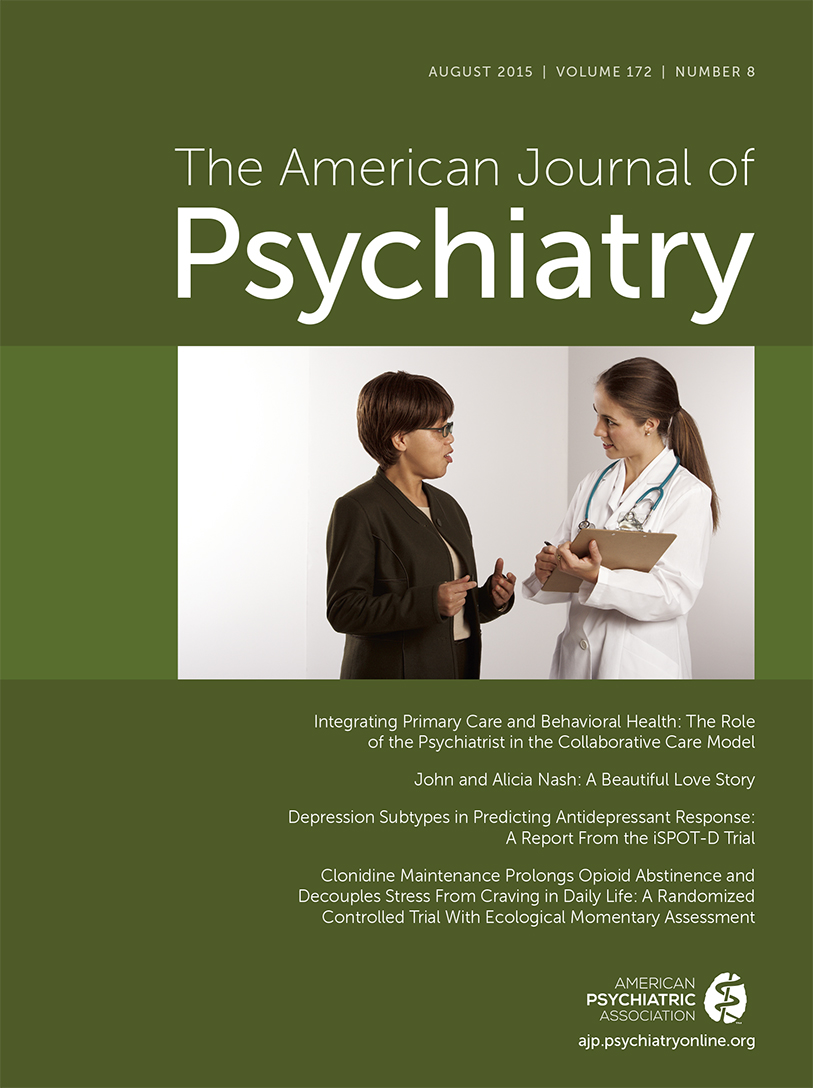Brain Correlates of the Interaction Between 5-HTTLPR and Psychosocial Stress Mediating Attention Deficit Hyperactivity Disorder Severity
Abstract
Objective:
The serotonin transporter 5-HTTLPR genotype has been found to moderate the effect of stress on severity of attention deficit hyperactivity disorder (ADHD), with stronger effects of stress in carriers of the short allele than in individuals homozygous for the long allele. The underlying neurobiological mechanism of this gene-environment interaction in ADHD is unknown. The authors aimed to determine whether 5-HTTLPR moderates the effect of stress on brain gray matter volume and, if so, which brain regions mediate the effect of this gene-environment interaction on ADHD severity.
Method:
Structural MRI, 5-HTTLPR genotype, and stress exposure questionnaire data were available for 701 adolescents and young adults participating in the multicenter ADHD cohort NeuroIMAGE study (from 385 families; 291 with ADHD, 78 with subthreshold ADHD, 332 healthy comparison subjects; 55.8% male; average age: 17.0 years). ADHD symptom count was determined through multi-informant questionnaires. For the analysis, a whole-brain voxel-based morphometry approach was combined with mediation analysis.
Results:
Stress exposure was associated with significantly less gray matter volume in the precentral gyrus, middle and superior frontal gyri, frontal pole, and cingulate gyrus in S-allele carriers compared with participants homozygous for the l-allele. The association of this gene-environment interaction with ADHD symptom count was mediated by gray matter volume in the frontal pole and anterior cingulate gyrus.
Conclusions:
5-HTTLPR genotype moderates the effect of stress on brain regions involved in social cognitive processing and cognitive control. Specifically, regions important for cognitive control link this gene-environment interaction to ADHD severity.



